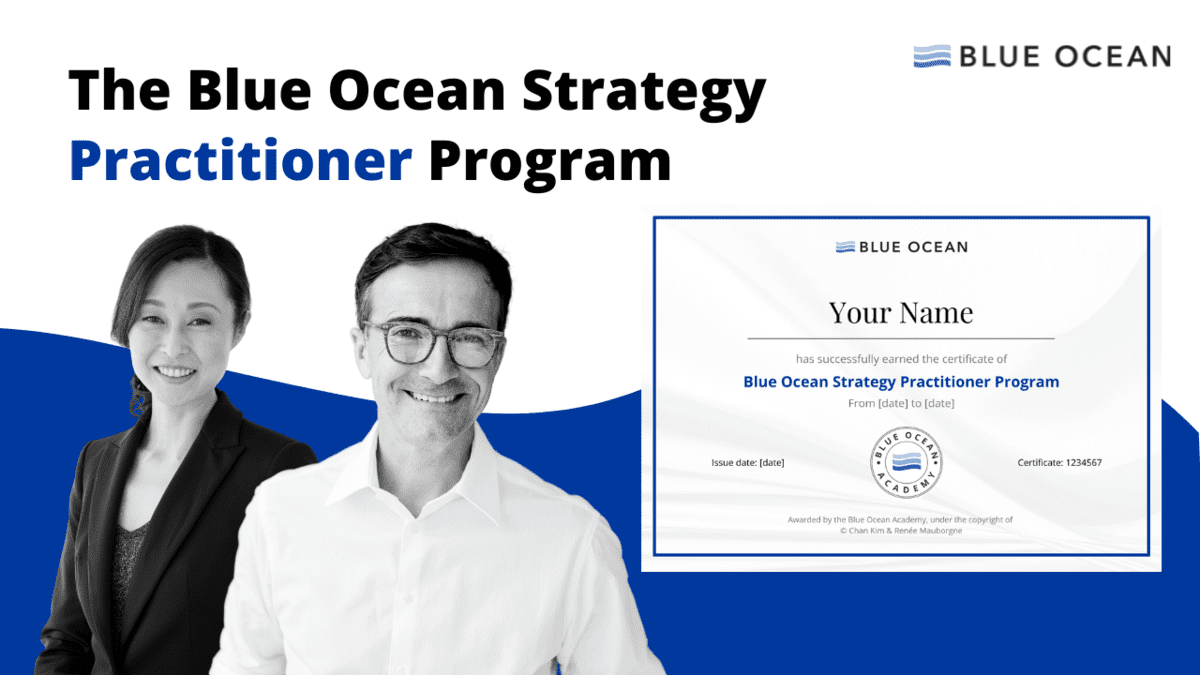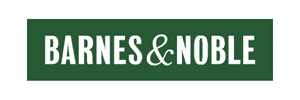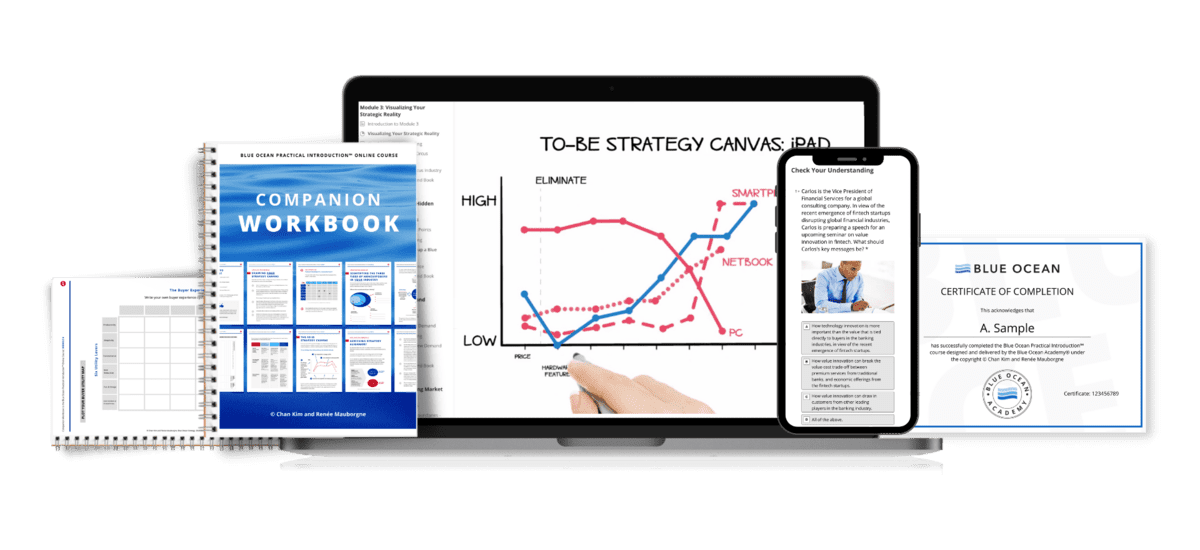QUICKEN
Intuit created a blue ocean with its Quicken financial software package by looking across substitute industries and reconstructing boundaries across them.
To sort out their personal finances people can buy and install a financial software package, hire a CPA, or simply use pencil and paper. The software, the CPA, and the pencil are largely substitutes for each other. They have very different forms but serve the same function: helping people manage their financial affairs.
Instead of benchmarking the competition, Intuit created a blue ocean by looking to the pencil as the chief alternative to personal financial software to develop Quicken software. Intuit focused on bringing out both the decisive advantages that financial software had over the pencil – speed and accuracy; and the decisive advantages that the pencil had over software – simplicity of use and low price – and eliminated or reduced everything else.
With Quicken’s user-friendly interface resembling the familiar checkbook, it was faster and more accurate than the pencil, yet almost as simple to use. The program eliminated the accounting jargon and the sophisticated features traditional financial software offered, offering only the few basic functions that most customers use.
The product was so simple, easy to use, fun and productive that buyers fell in love with it. Moreover, simplifying the software cut costs. Neither the pencil nor other software packages could compete.
Today, more than thirty years on, Quicken still remains the number-one-selling personal financial software. Microsoft tried for years to dislodge Intuit’s value innovation, but after nearly thirty years of efforts and investment, it finally threw in the towel and ceased operations of its contender, Microsoft Money, in 2009.
QUICKEN
Intuit created a blue ocean with its Quicken financial software package by looking across substitute industries and reconstructing boundaries across them.
To sort out their personal finances people can buy and install a financial software package, hire a CPA, or simply use pencil and paper. The software, the CPA, and the pencil are largely substitutes for each other. They have very different forms but serve the same function: helping people manage their financial affairs.
Instead of benchmarking the competition, Intuit created a blue ocean by looking to the pencil as the chief alternative to personal financial software to develop Quicken software. Intuit focused on bringing out both the decisive advantages that financial software had over the pencil – speed and accuracy; and the decisive advantages that the pencil had over software – simplicity of use and low price – and eliminated or reduced everything else.
With Quicken’s user-friendly interface resembling the familiar checkbook, it was faster and more accurate than the pencil, yet almost as simple to use. The program eliminated the accounting jargon and the sophisticated features traditional financial software offered, offering only the few basic functions that most customers use.
The product was so simple, easy to use, fun and productive that buyers fell in love with it. Moreover, simplifying the software cut costs. Neither the pencil nor other software packages could compete.
Today, more than thirty years on, Quicken still remains the number-one-selling personal financial software. Microsoft tried for years to dislodge Intuit’s value innovation, but after nearly thirty years of efforts and investment, it finally threw in the towel and ceased operations of its contender, Microsoft Money, in 2009.
THE BLUE OCEAN STRATEGY PRACTITIONER PROGRAM

Transform your strategic perspective, master blue ocean tools and frameworks, & learn to unlock new growth opportunities
Get started with new market creation with our live, interactive, expert-led program.


















